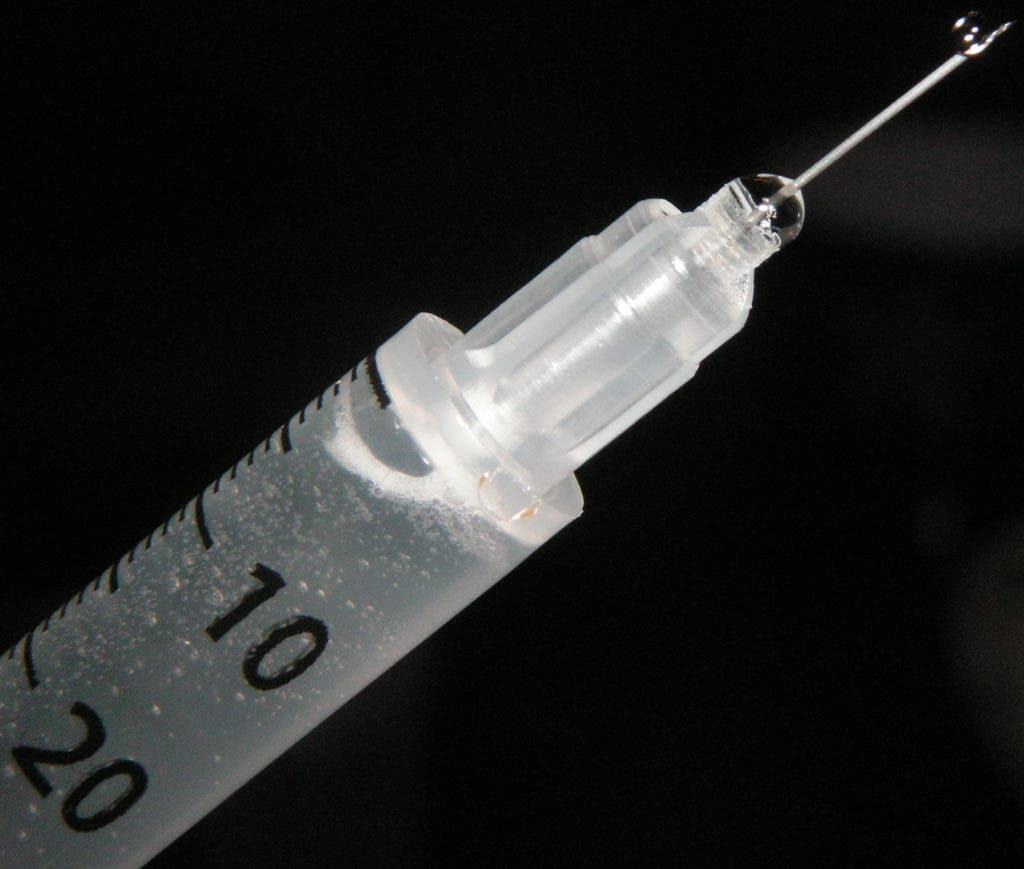Along the centuries, numerous explorers and scientists have searched for the fabled fountain of youth. Nowadays, most people don’t believe in magic fountains, but they’re striving for eternal youth through other ways — plastic surgeries, special diets, or hormones. Motivated by the “anti-aging” movement, people are placing their faith into all sorts of alleged cures, but does the science back things up?
Hormones and short kids
As the Smithsonian eloquently puts it, genetically modified bacteria, brain-eating diseases, and short kids are all part of the history of human growth hormones (HGH) in the US. HGH is a peptide hormone that stimulates growth, cell reproduction, and cell regeneration in humans and other animals. It’s a tiny protein secreted by the pituitary gland, a pea-sized organ located near your brain, and sent to the bloodstream where it serves the functions mentioned above. Scientists have known about this hormone since the 1920s, but it wasn’t really used until the 1960s — mostly because acquiring it was so hard. The only source was humans, and gathering it from cadavers didn’t really seem like an attractive proposition.
However, conservatively, it started being administered to small children who weren’t growing properly and this went on for quite a while — until a grizzly discovery was made: one of the cadavers used for harvesting had been invested with Creutzfeldt-Jakob disease (CJD). CJD is similar in effects to mad cow disease or accelerated Alzheimer’s and quickly decays the brain. It can also lie dormant for decades. When researchers harvested the HGH, they also unknowingly harvested the virus and spread it. Some 26 people were killed and the life of everyone who was treated with HGH was turned upside down because the disease could manifest itself at any given time. It took a few years until researchers were able to develop another source of HGH, by using bacteria.
But people were extremely reluctant to use the hormone as the CJD panic was still fresh. Now, after about half a century, that care seems to have faded away and people are again looking into HGH.
Doping and aging
The pituitary gland sends out the hormone in short bursts, especially after exercise, trauma, and sleep. Generally, there’s more hormone secreted during the night than during the day. Research has also shown that production rises during childhood, peaks during puberty, and declines from middle age onward. It’s still used as a drug for children who suffer from an HGH deficiency (as well as some adults who suffer from this). Adults who are GH deficient get larger muscles, more energy, and improved exercise capacity from replacement therapy. They also experience increased stamina, protection from fractures, and a reduced risk of heart disease. But there’s a price to pay: Up to 30% of patients experience side effects that include fluid retention, joint and muscle pain, carpal tunnel syndrome, and high blood sugar levels.
If you’ve ever done or followed sports, you probably see where this is going. Something that gives you bigger muscles and more energy, but is also risky? That’s doping. Indeed, HGH has been banned by the International Olympic Committee, Major League Baseball, the National Football League, and the World Anti-Doping Agency — among others. That hasn’t stopped it from tainting many sports… but there’s a strange kicker.
A team of researchers from California conducted a detailed review of 44 high-quality studies of growth hormone in athletes and found that while HGH does lead to an increase in muscle mass, that increase doesn’t really translate into better results. It gets even better: subjects who were given HGH were more likely to experience fatigue and retain fluid than those who were given the placebo. So while some still vouch for HGH as an (illegal) way of boosting sportive performance, that’s still a matter of debate.
Because HGH has been linked to protein production, the burning of fat, and sugar blood levels, some people thought “Hey, why not inject this and trick my body into thinking it’s young?” Indeed, “Every man desires to live long,” wrote Jonathan Swift, “but no man would be old.” According to Harvard, one estimate reported 20,000 to 30,000 Americans used GH as “anti-aging” therapy in 2004 alone; according to another, 100,000 people received GH without a valid prescription in 2002. This happens despite the fact that the FDA has not approved the use of GH for anti-aging, body building, or athletic enhancement. There is still an ongoing debate about the potential benefits of GHG in combating aging, but that’s questionable at best. Furthermore, a team of researchers which reviewed 31 high-quality studies that were completed after 1989 reports that while subjects gained an average of 4.6 pounds of lean body mass and shed a similar amount of body fat, they also reported side effects including fluid retention, joint pain, breast enlargement, and carpal tunnel syndrome. So again, there were positive responses, but for a price.
All in all, there is no universal cure, no fountain of youth. The best thing you can do is ensure a healthy lifestyle for yourself. Eat a balanced diet, work out, don’t stress too much. The basic things really do go a long way. If you do decide to go for something else, be sure you’re informed about what you’re doing.











